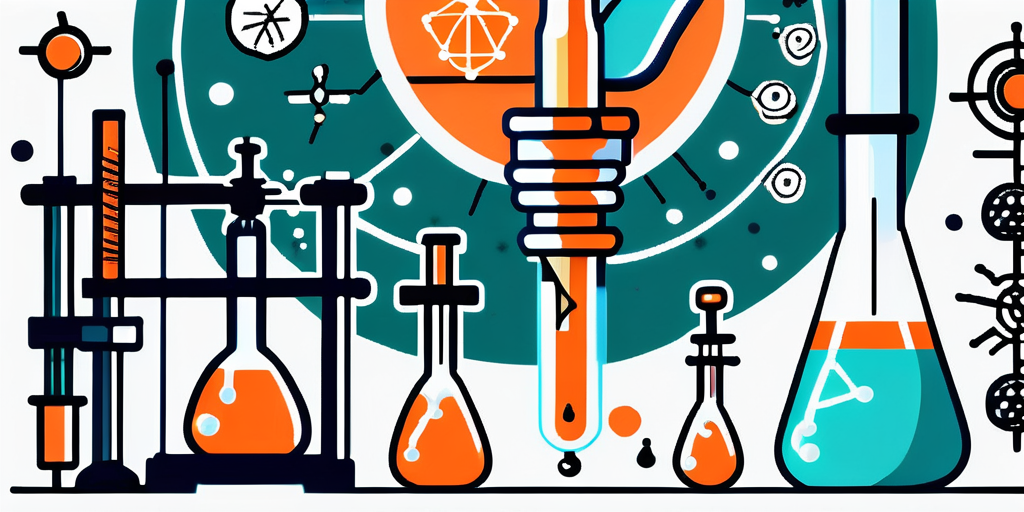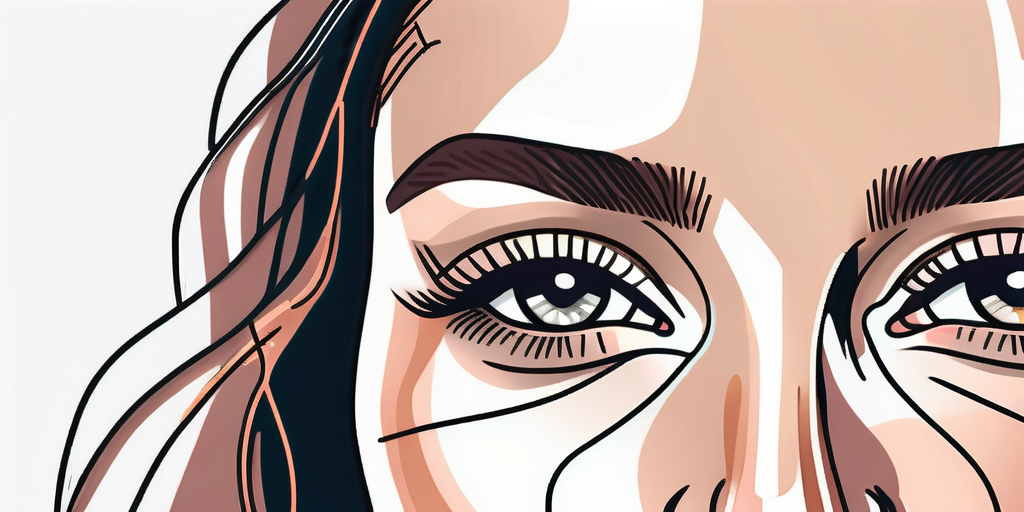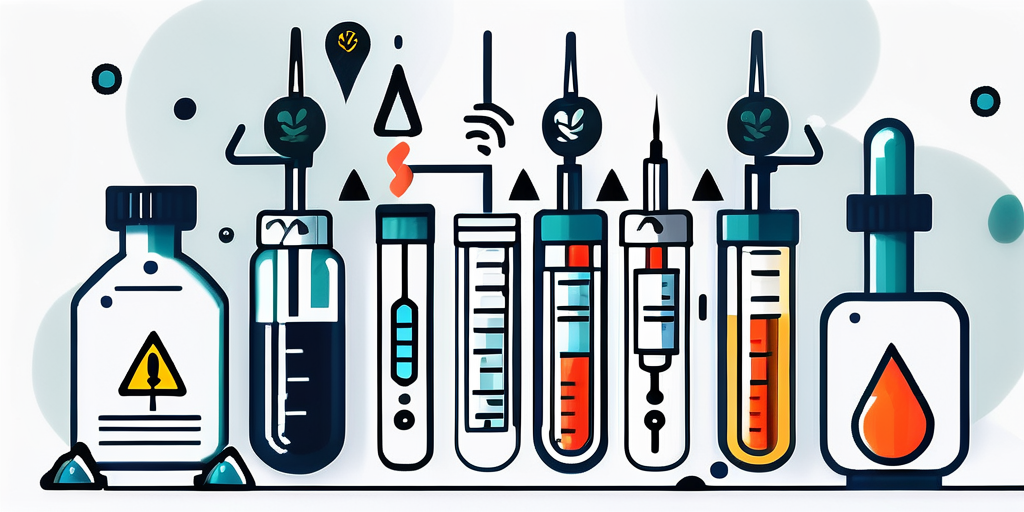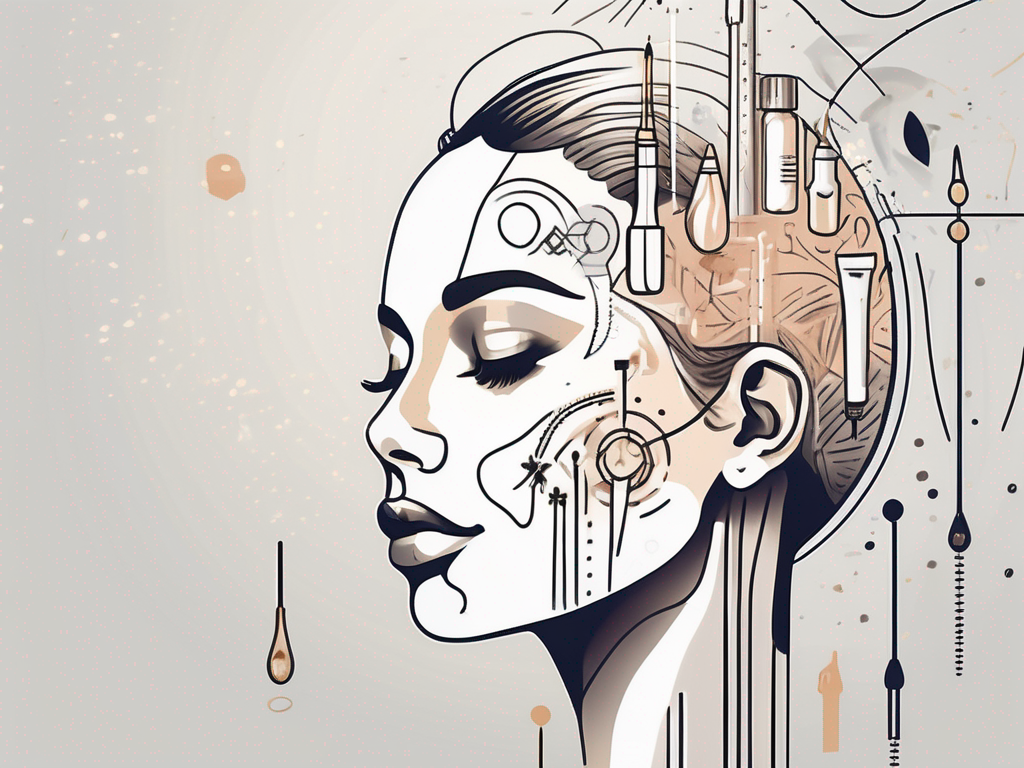Botox treatment has become increasingly popular in recent years, with many people turning to it as a way to rejuvenate their appearance and reduce the signs of aging. If you're considering Botox, it's important to have a comprehensive understanding of the treatment, including how it works, what to expect during the procedure, and the potential benefits and risks involved. In this ultimate guide, we will delve into everything you need to know about Botox treatment.
Understanding Botox: A Comprehensive Overview
What is Botox?
Botox, or botulinum toxin, is a neurotoxic protein produced by the bacterium Clostridium botulinum. It is used in small, highly diluted amounts for cosmetic and medical purposes. Botox is primarily known for its ability to temporarily immobilize muscles, which can smooth out wrinkles and fine lines on the face.
How Does Botox Work?
When Botox is injected into specific muscles, it blocks the release of a neurotransmitter called acetylcholine. This neurotransmitter is responsible for signaling muscles to contract. By inhibiting its release, Botox prevents the muscles from contracting, resulting in a temporary relaxation of the targeted area. This, in turn, reduces the appearance of wrinkles and gives the face a more youthful and refreshed look.
But how exactly does Botox achieve this remarkable effect? Well, let's delve a little deeper into the science behind it. When Botox is injected, it binds to the nerve endings near the injection site. This prevents the release of acetylcholine, effectively interrupting the communication between the nerves and the muscles. As a result, the muscles are unable to receive the signal to contract, leading to a temporary paralysis.
It's important to note that Botox doesn't just magically erase wrinkles. The process is more intricate than that. Once the muscles are relaxed, the skin above them becomes smoother and less wrinkled. This is because the constant muscle contractions that contribute to the formation of wrinkles are temporarily halted. So, in a way, Botox not only provides a cosmetic improvement but also addresses the underlying cause of wrinkles.
Furthermore, Botox is not limited to its cosmetic applications. It has found extensive use in the medical field as well. For instance, it is used to treat various medical conditions such as chronic migraines, excessive sweating (hyperhidrosis), muscle spasms, and even certain eye disorders. The ability of Botox to temporarily paralyze muscles makes it a valuable tool in managing these conditions, providing relief to patients who suffer from their debilitating effects.
The Science Behind Botox
Botox and Your Muscles
The muscles in our face play a significant role in facial expressions. Over time, repetitive facial movements can lead to the formation of wrinkles, particularly in areas such as the forehead, between the eyebrows, and around the eyes. Botox works by selectively targeting these muscles, reducing their activity and preventing the formation of wrinkles.

But have you ever wondered how exactly Botox achieves this remarkable effect? Let's dive into the science behind it.
When Botox is injected into the targeted muscles, it blocks the release of a neurotransmitter called acetylcholine. This neurotransmitter is responsible for transmitting signals from the nerves to the muscles, triggering muscle contractions. By inhibiting the release of acetylcholine, Botox effectively puts a temporary halt to the communication between the nerves and muscles in the treated area.
The Role of Botulinum Toxin
Botulinum toxin, the active ingredient in Botox, is derived from the bacteria that cause botulism. However, in the small doses used for cosmetic and medical purposes, it is safe and highly effective. By temporarily blocking the nerve signals that enable muscle contractions, Botox gives the muscles a chance to relax and smooth out, providing a more youthful appearance.
But how does this toxin, which is notorious for causing food poisoning, become a powerful tool in the world of aesthetics? Let's explore the fascinating process.
Botulinum toxin is produced by the bacterium Clostridium botulinum. This bacterium thrives in environments with little to no oxygen, such as improperly canned foods. When ingested, the toxin can cause severe muscle paralysis, leading to the potentially deadly condition known as botulism.
However, scientists have harnessed the power of this toxin by purifying it and using it in controlled, minuscule amounts. When injected into specific muscles, Botox interrupts the signals that tell those muscles to contract, resulting in a temporary relaxation of the muscle and a reduction in the appearance of wrinkles.
The Botox Procedure: What to Expect
Pre-Treatment Consultation
Before undergoing Botox treatment, it is crucial to have a consultation with a qualified healthcare professional. During this consultation, you will discuss your goals, medical history, and any concerns you might have. The healthcare professional will assess your suitability for Botox and develop a personalized treatment plan.
During the consultation, the healthcare professional will take the time to understand your desired outcome. They will carefully listen to your concerns and expectations, ensuring that they have a clear understanding of the results you hope to achieve. This personalized approach allows them to tailor the treatment plan to your specific needs, ensuring the best possible outcome.
During the Procedure
The Botox procedure itself is relatively quick and straightforward. The healthcare professional will use a fine needle to inject small amounts of Botox into the targeted muscles. While some discomfort may be felt during the injections, it is usually well-tolerated. Topical anesthesia can also be used to numb the treatment area if needed.
During the procedure, the healthcare professional will carefully assess the facial muscles and determine the precise injection points. This attention to detail ensures that the Botox is administered in the most effective and precise manner, maximizing the desired results. The healthcare professional's expertise and experience play a crucial role in achieving a natural-looking outcome.
After the procedure, you may experience some redness, swelling, or bruising at the injection sites, but these side effects are generally mild and temporary. It is important to note that these effects are normal and should subside within a few days. Applying a cold compress or taking over-the-counter pain relievers can help alleviate any discomfort or swelling.
Post-Treatment Care
Following the Botox procedure, it is important to take care of your skin and follow any instructions provided by your healthcare professional. This may include avoiding strenuous exercise, excessive heat or cold, and touching or rubbing the treated area. By following these guidelines, you can ensure that the Botox settles properly and achieves the desired results.
In addition to the post-treatment care instructions, your healthcare professional may also recommend specific skincare products or routines to enhance and maintain the results of your Botox treatment. These recommendations can help prolong the effects of the treatment and keep your skin looking refreshed and rejuvenated.
It is also essential to attend any scheduled follow-up appointments to monitor your progress and ensure optimal results. During these appointments, the healthcare professional will assess the outcome of the treatment and make any necessary adjustments to achieve the desired outcome. This ongoing care and attention to detail are crucial in achieving long-lasting and natural-looking results.
Benefits of Botox Treatment
Cosmetic Benefits
Botox treatment offers a variety of cosmetic benefits. It can effectively reduce the appearance of crow's feet, forehead lines, frown lines between the eyebrows, and other facial wrinkles. This can help create a smoother and more youthful-looking complexion, boosting self-confidence and enhancing overall facial aesthetics.

Imagine waking up in the morning, looking in the mirror, and feeling a surge of confidence as you see a face that reflects your vibrant spirit. Botox treatment can help you achieve just that. By targeting specific areas of your face, it gently relaxes the muscles responsible for those pesky wrinkles, giving your skin a refreshed and rejuvenated appearance. Whether you're preparing for a special occasion or simply want to feel your best every day, Botox can be your secret weapon in the pursuit of timeless beauty.
Medical Benefits
Beyond its cosmetic applications, Botox also has various medical benefits. It can be used to treat conditions such as chronic migraines, excessive sweating (hyperhidrosis), and muscle spasms or stiffness in the neck, shoulders, or eyelids. Botox can provide relief and improve the quality of life for individuals experiencing these conditions.
Imagine a life free from the debilitating pain of chronic migraines. Botox treatment has been proven to significantly reduce the frequency and intensity of migraines, allowing individuals to regain control over their lives. Similarly, for those struggling with excessive sweating, Botox can be a game-changer. By targeting the sweat glands, it can effectively reduce perspiration, giving individuals the confidence to embrace social situations without the fear of embarrassing sweat stains.
Moreover, Botox's muscle-relaxing properties can bring relief to those suffering from muscle spasms or stiffness in the neck, shoulders, or eyelids. These conditions can cause discomfort and limit mobility, but with Botox, individuals can experience a newfound freedom of movement and a decrease in pain.
Potential Risks and Side Effects of Botox
Common Side Effects
While Botox is generally well-tolerated, there are some common side effects that may occur after treatment. These can include temporary bruising, swelling, or redness at the injection sites. Some individuals may also experience mild headaches or flu-like symptoms, which typically subside within a few days.

Serious Risks and Complications
While rare, there are potential serious risks and complications associated with Botox treatment. These can include allergic reactions, muscle weakness or paralysis in unintended areas, asymmetrical facial appearance, or difficulty swallowing or speaking. It is crucial to discuss any concerns or pre-existing conditions with your healthcare professional before undergoing treatment.
As we've explored the transformative journey of Botox treatments, from their scientific underpinnings to the nuanced application process, it's clear that this cosmetic marvel offers a promising avenue for those seeking rejuvenation and confidence. At Uplifting Medi Spa, we pride ourselves on blending artistry with the precision of medical science to deliver results that not only meet but exceed your expectations. Our dedicated team of nurse practitioners led by Dr. Jennifer Upton is committed to providing a supportive and enriching experience, ensuring that every aspect of your care is handled with the utmost attention to detail.
Nestled in the heart of communities like Spring Branch, New Braunfels, and beyond, Uplifting Medi Spa stands as a beacon of excellence in aesthetic and therapeutic treatments. We understand that the decision to pursue Botox treatments is a deeply personal one, which is why we invite you to book a consultation with us. During this time, we will discuss your aspirations, address any concerns, and craft a treatment plan that aligns seamlessly with your unique beauty and wellness goals.
Embrace the opportunity to unveil a more radiant, youthful you. Contact Uplifting Medi Spa today to schedule your consultation or appointment, and take the first step toward transforming your vision into reality. Together, let's celebrate your beauty at every age, ensuring that you walk away feeling uplifted, refreshed, and confident in your skin.


